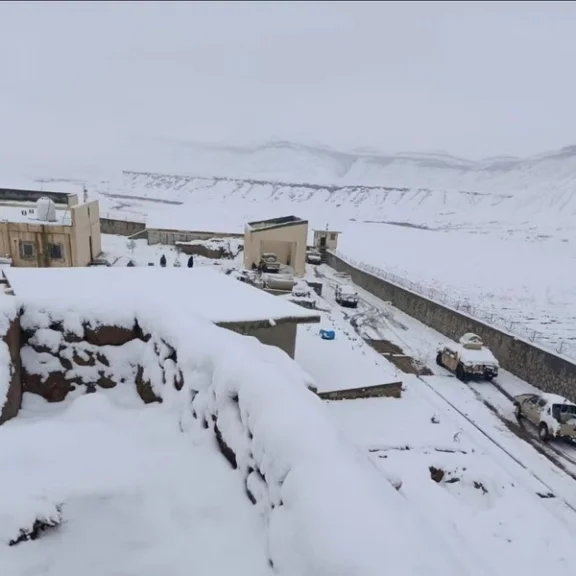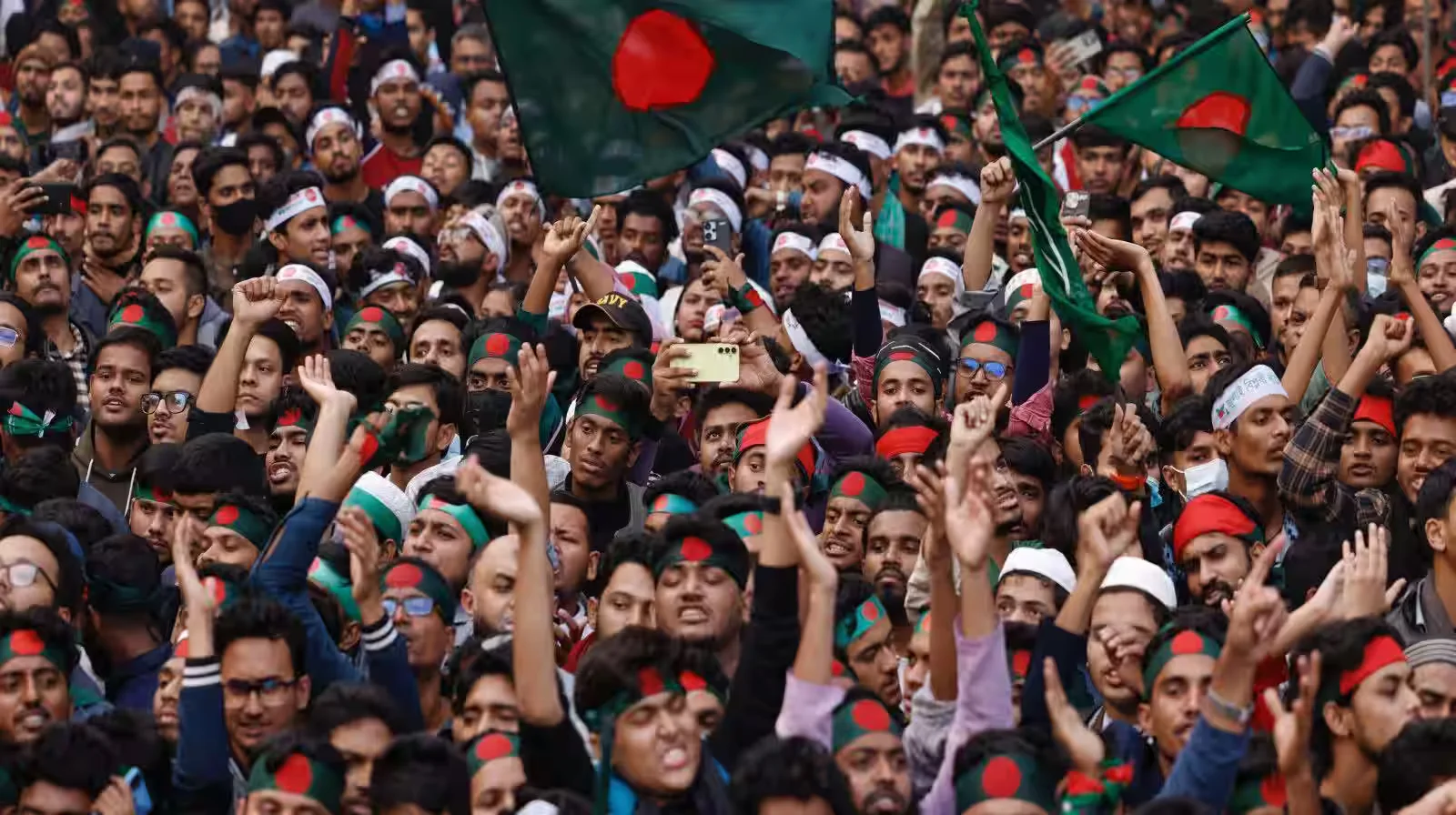Afghanistan, a nation scarred by decades of conflict, stands at a critical juncture. The absence of a strong, cohesive central government has transformed the country into more than just a haven for militant organizations, it has become a fertile ground for sophisticated proxy wars waged by regional and international powers. This is not a new phenomenon as Afghanistan has experienced this many times over the past four decades. The state’s weakness and internal fragmentation have created a vacuum, allegedly allowing hostile actors, notably India and Israel, to exploit the turmoil to advance their geopolitical agendas, primarily at the expense of Pakistan’s stability and the broader security of the region.
The Anatomy of a Weak State
A state is defined by its ability to exercise a monopoly on the legitimate use of force within its territory, provide basic services to its citizens, and maintain its sovereignty against external pressures. By these metrics, contemporary Afghanistan is profoundly weak. The current government in Kabul struggles to assert control over the entirety of its rugged terrain, and deep-seated ethnic and political divisions continue to plague its internal cohesion. This power vacuum does not remain empty for long. It creates ungoverned spaces that are inevitably filled by non-state actors, including terrorist groups and the clandestine services of foreign nations.
For hostile intelligence agencies, a lawless Afghanistan presents an ideal operational hub. Its geopolitical location is strategic, offering plausible deniability, a ready supply of potential recruits from disenfranchised populations, and a sanctuary for training, financing, and launching attacks against neighboring states. The porous borders and a landscape saturated with weapons make it a low-cost, high-impact theater for asymmetric warfare. It is within this chaotic environment that countries like India and Israel pursue strategic objectives through covert means.
India’s Doctrine of Asymmetric Warfare
India’s strategic posture towards Pakistan reflects a clear shift to asymmetric warfare, a policy articulated by its National Security Advisor, Ajit Doval. This Doval Doctrine champions an offensive defense, moving beyond passive reactions to actively targeting an adversary’s internal vulnerabilities. Afghanistan has become the primary theater for the implementation of this doctrine. India’s intelligence agency, the Research and Analysis Wing (RAW), uses Afghan soil to execute a sustained campaign of destabilization against Pakistan. This multi-pronged strategy involves providing support, including funding, training, and weaponry, to a spectrum of terrorist groups, such as the Tehreek-e-Taliban Pakistan (TTP) and separatist outfits like the Balochistan Liberation Army (BLA). The objective is to bleed Pakistan’s security forces on multiple fronts and exacerbate internal fault lines.
Intercepted communications and intelligence reports confirm that Afghan sanctuaries are used as launchpads for cross-border attacks into Pakistan’s Khyber Pakhtunkhwa and Balochistan provinces. RAW has also cultivated links with anarchist elements associated with the Pashtun Tahafuz Movement (PTM) to fuel civil unrest and undermine state authority. This strategy of hybrid warfare is not merely aimed at creating insecurity; it has a clear economic dimension.
A key target of this subversion is the China-Pakistan Economic Corridor (CPEC), a flagship project of Beijing’s Belt and Road Initiative. CPEC represents a transformative economic opportunity for Pakistan, promising to enhance its regional connectivity and industrial capacity. For India, a successful CPEC not only strengthens its primary rival, Pakistan, but also solidifies China’s strategic footprint in South Asia and the Indian Ocean. Consequently, India has a vested interest in sabotaging the project. Attacks on CPEC infrastructure, Chinese personnel, and labor routes by groups like the BLA are a direct manifestation of this broader Indian strategy to deter foreign investment and undermine Pakistan’s economic prospects.
The Israeli Connection
While India’s role has been a long-standing feature of the regional security matrix, the involvement of Israel’s Mossad is a more recent, and equally alarming, development. Intelligence intercepts and field reports increasingly suggest a Mossad footprint in fueling the insurgency in Balochistan. However, this strategy appears to extend beyond simply targeting Pakistan, the primary target is Israel’s arch-nemesis, Iran.
Israel allegedly leverages the region’s porous borders and ethnic overlaps, using Afghan territory and its large, often vulnerable, population as a fertile recruitment ground. The objective is to build deep-cover subversive networks that can operate inside Iran. These networks, composed of individuals who can blend in demographically, are invaluable for high-risk operations such as intelligence gathering, sabotage of critical infrastructure, and targeted assassinations.
The strategic value of such pre-positioned assets becomes particularly stark during periods of open conflict, such as the recent Iran-Israel war. These proxy networks provide a deniable, low-cost method to project power and conduct operations deep within enemy territory, a capability that is crucial for asymmetric warfare. Reports following the conflict of Iran arresting and deporting Afghan nationals on charges of spying for Mossad lend significant weight to the theory that these subversive networks are not just a contingency plan but an active and vital component of Israel’s long-running shadow war against Tehran.
The convergence of Indian and Israeli interests in Afghanistan creates a potent and dangerous synergy. Both see an unstable Pakistan as beneficial to their respective regional ambitions, and both appear to be using the same chaotic theater to prosecute their separate conflicts. This evolving ecosystem of proxy warfare allows them to deploy hybrid threats, a mix of terrorism, economic sabotage, and information warfare, designed to keep their adversaries perpetually off-balance and internally focused.
The Convergence of Threats and Regional Volatility
The situation is further complicated by the presence of transnational terrorist organizations with their own ideological agendas. The collaboration between these groups and foreign-backed proxies creates a two-pronged threat of militant attacks and cyber-hybrid warfare. Groups like the Islamic State Khorasan Province (ISKP) and the East Turkestan Islamic Movement (ETIM) thrive in this environment. ETIM, a Uyghur militant group founded in China’s Xinjiang province, seeks to establish an independent state called East Turkestan. Because the group’s entire focus is on Xinjiang, the very starting point of CPEC, it represents an ideal tool for any actor wishing to strike at the heart of China’s Belt and Road Initiative.
The ungoverned spaces in Afghanistan provide the perfect breeding ground for this convergence. If the instability currently being fomented in Khyber Pakhtunkhwa and Balochistan is allowed to fester, it could trigger a much broader regional conflagration. The consequences would be dire, not just for Pakistan, but for the entire region and beyond. A further erosion of stability could lead to renewed and massive refugee outflows, placing immense strain on neighboring countries. It would also create an even more permissive environment for extremist ideologies to flourish, with potential blowback for the Gulf states and even Europe.
For this reason, the international community, particularly the United States and European nations, cannot afford to view the conflict in Afghanistan in isolation. There is a pressing need to recognize and desist the covert operations of actors like India and Israel, who exploit the country’s instability for their own narrow gains. Turning a blind eye to this proxy warfare will only exacerbate the cycle of violence, undermine any prospect of a lasting peace in Afghanistan, and pose a grave risk to the stability of a strategically vital part of the world. The path to a stable Afghanistan requires not only internal reconciliation but also an end to the destructive geopolitical games being played on its soil.






